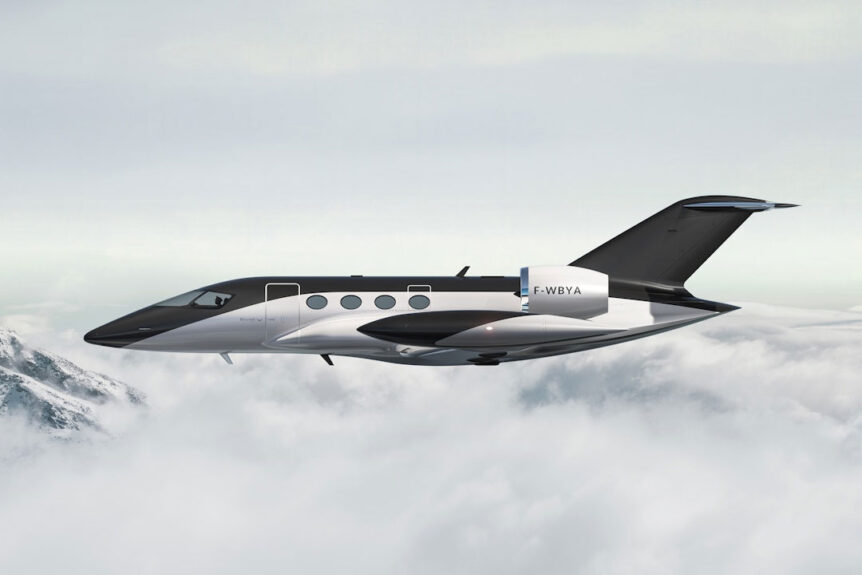Beyond Aero has reached a key milestone in bizjet hydrogen propulsion, demonstrating a full scale system for its BYA-1 and achieving Technology Readiness Level 6 (TRL6). This advance moves the concept closer to flight tests and eventual certification for a zero emission business aircraft.
Company Origins and Vision
Beyond Aero, founded around 2020 in Toulouse, positions itself as a pioneer of hydrogen electric aviation. The company aims to eliminate carbon emissions from business aviation by rethinking propulsion from the ground up. Rather than adapting existing airframes, Beyond Aero is designing a clean sheet business jet architecture optimized for hydrogen electric power system.
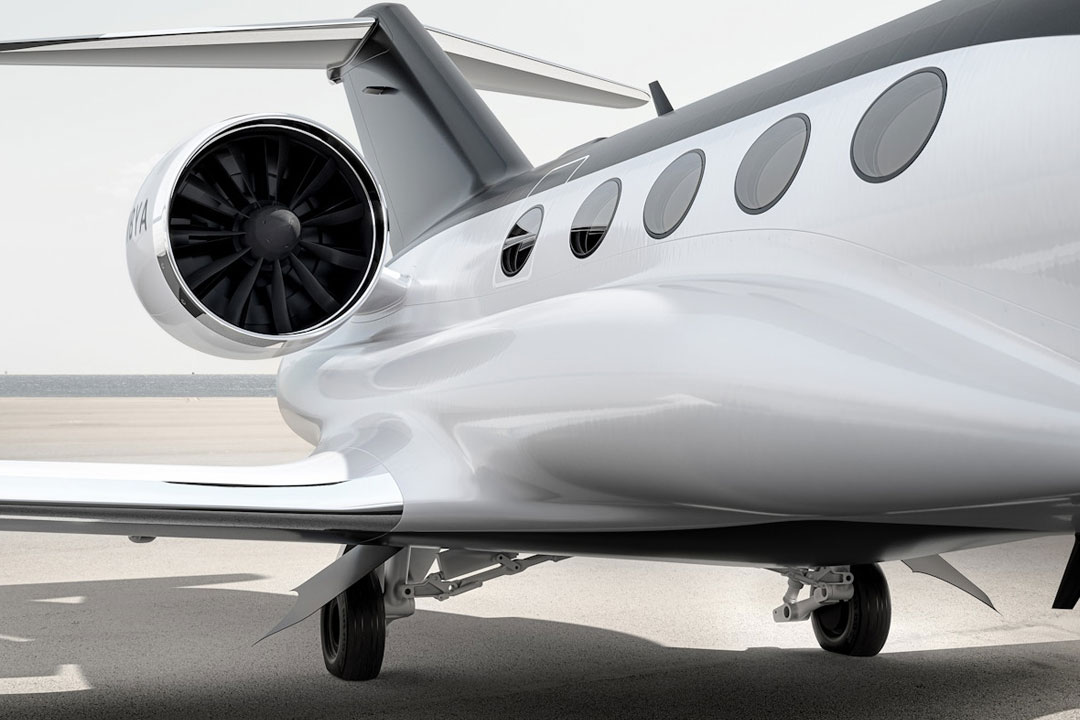
T-tail design of the BYA-1 Hydrogen Electric Business Jet | Photo: beyond-aero.com
To support development, Beyond Aero has raised substantial capital. A $20 million Series A round was announced in late 2024, bringing total funding to about $44 million. Part of these funds are directed to a dedicated propulsion test center in Toulouse, capable of testing hydrogen tanks, fuel cell stacks, and integrated powertrains to push the system to TRL6 and beyond.
The BYA-1 Hydrogen Electric Business Jet
Beyond Aero’s flagship aircraft is the BYA-1 (also called One). It is conceived as a six to eight seat business jet targeting a range of about 800 nautical miles with zero carbon emissions. Rather than relying on batteries, the design uses a battery free hydrogen fuel cell architecture, driving redundant electric motors through independent channels.
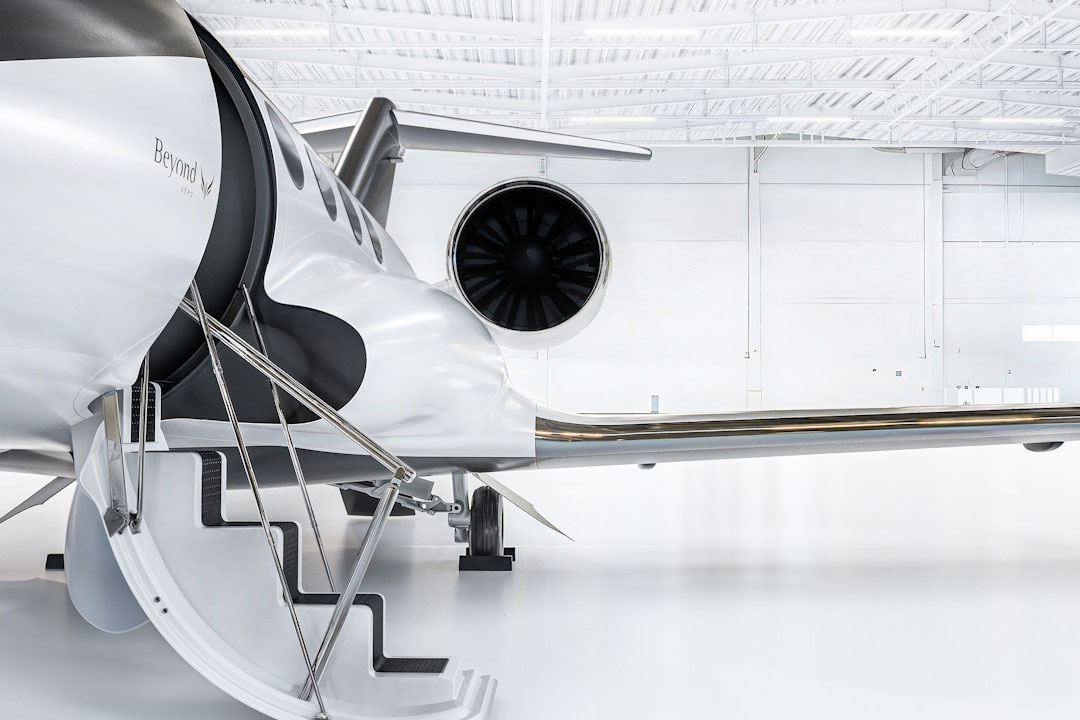
Beyond Aero’s “One” Aircraft – The first electric light jet Designed for hydrogen propulsion | Photo: beyond-aero.com
In earlier phases, Beyond Aero flew a smaller demonstrator (called Blériot) equipped with an 85 kW hydrogen electric powertrain to validate some architectural choices. That early test helped prove integration of hydrogen, power electronics, and control systems before scaling up to full size tests.
TRL6 Demonstration and Technical Validation
Reaching TRL6 means Beyond Aero’s propulsion system has been tested in conditions representative of operational environments, beyond laboratory bench scale. In Toulouse, engineers integrated hydrogen fuel cells, power electronics, thermal management, and electric drives into a full scale model and executed tests across a relevant envelope.
The test setup included multiple channels running in parallel, combining power outputs to over 1,200 kW, and handling hydrogen at 700 bar pressure in Type IV tanks. The validation confirms the system’s stability, power regulation, thermal behavior, and operational readiness for integration in an aircraft environment.
Why Hydrogen Matters in Aviation
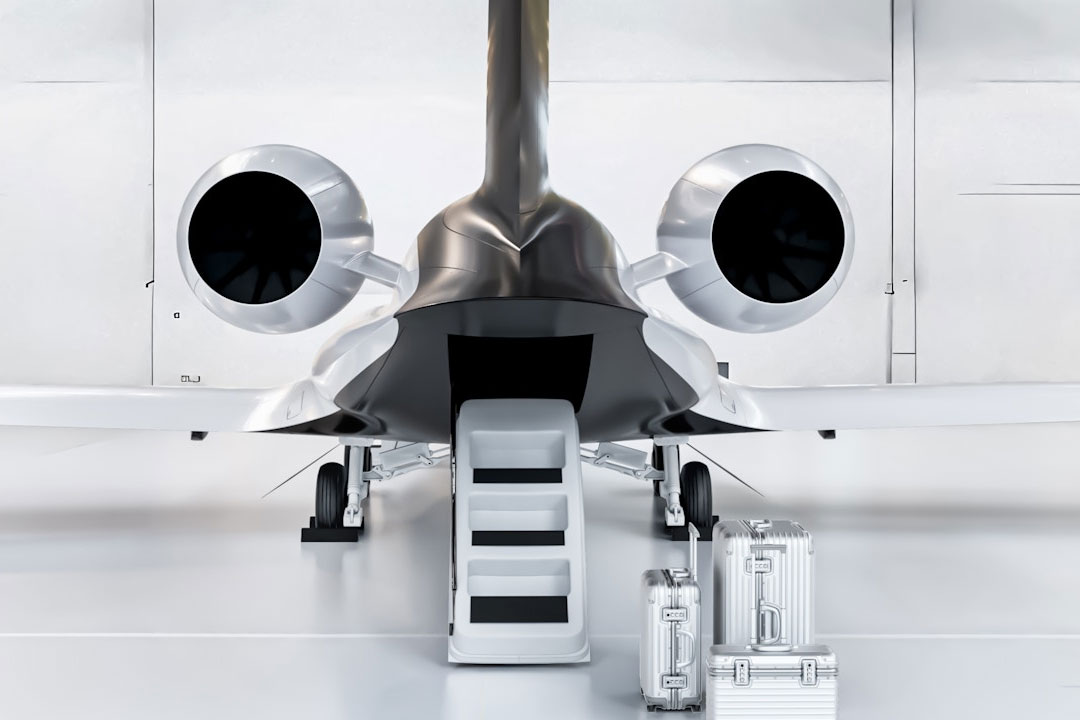
Rear view of Beyond Aero’s “One” Aircraft | Photo: beyond-aero.com
Hydrogen fuel cells offer a compelling pathway to zero carbon flight, producing only water vapor as a byproduct unlike even sustainable aviation fuels (SAFs), which release CO₂ on combustion. The weight advantage over batteries allows longer ranges without unacceptable mass penalties.
Furthermore, with fewer moving parts compared to turbofan engines, hydrogen electric systems promise lower maintenance complexity and cost. Beyond Aero estimates maintenance cost reductions of up to 55% and fuel cost reductions relative to SAFs or jet fuel.
Market Outlook & Roadmap
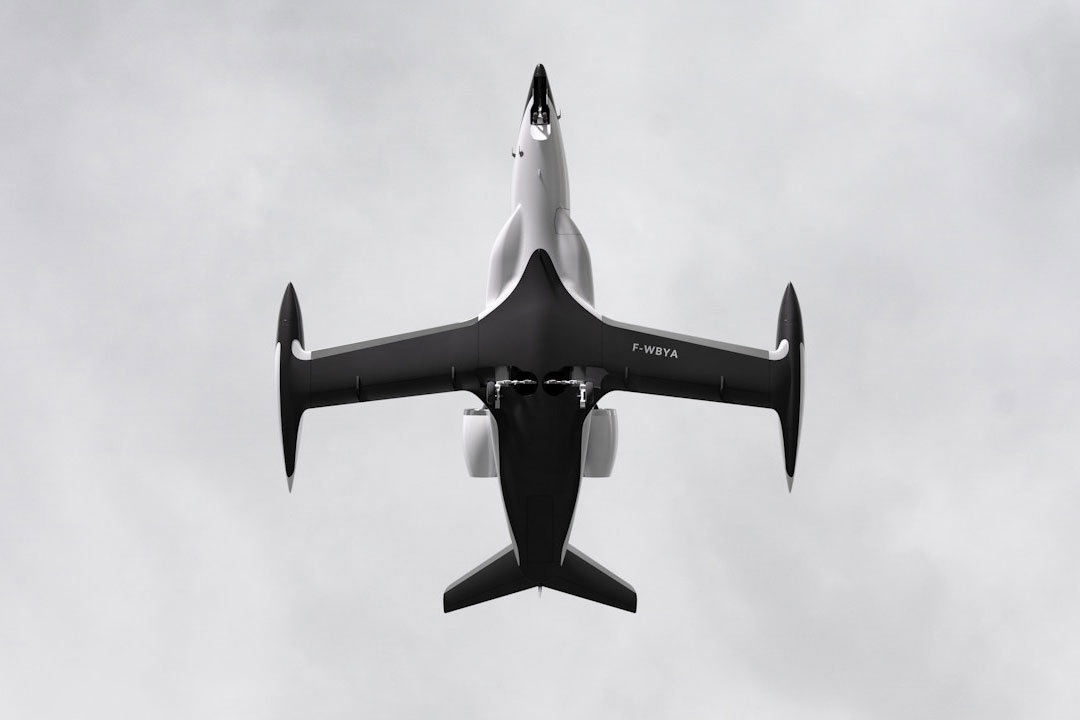
The BYA-I eliminates all direct CO₂ emissions in flight using hydrogen fuel cell technology. | Photo: beyone-aero.com
Beyond Aero projects first flight and certification efforts toward 2030, with entry into service following that timeline. The company already claims letters of intent for 108 aircraft, worth about $914 million, from charter firms, corporate operators, and private buyers.
To support this, Beyond Aero is scaling its testing infrastructure, pursuing supply chain partnerships for hydrogen, and working with airport operators for refueling infrastructure
Success of the BYA-1 could catalyze adoption of hydrogen electric propulsion in larger aircraft classes, accelerating the aerospace industry’s decarbonization path.
